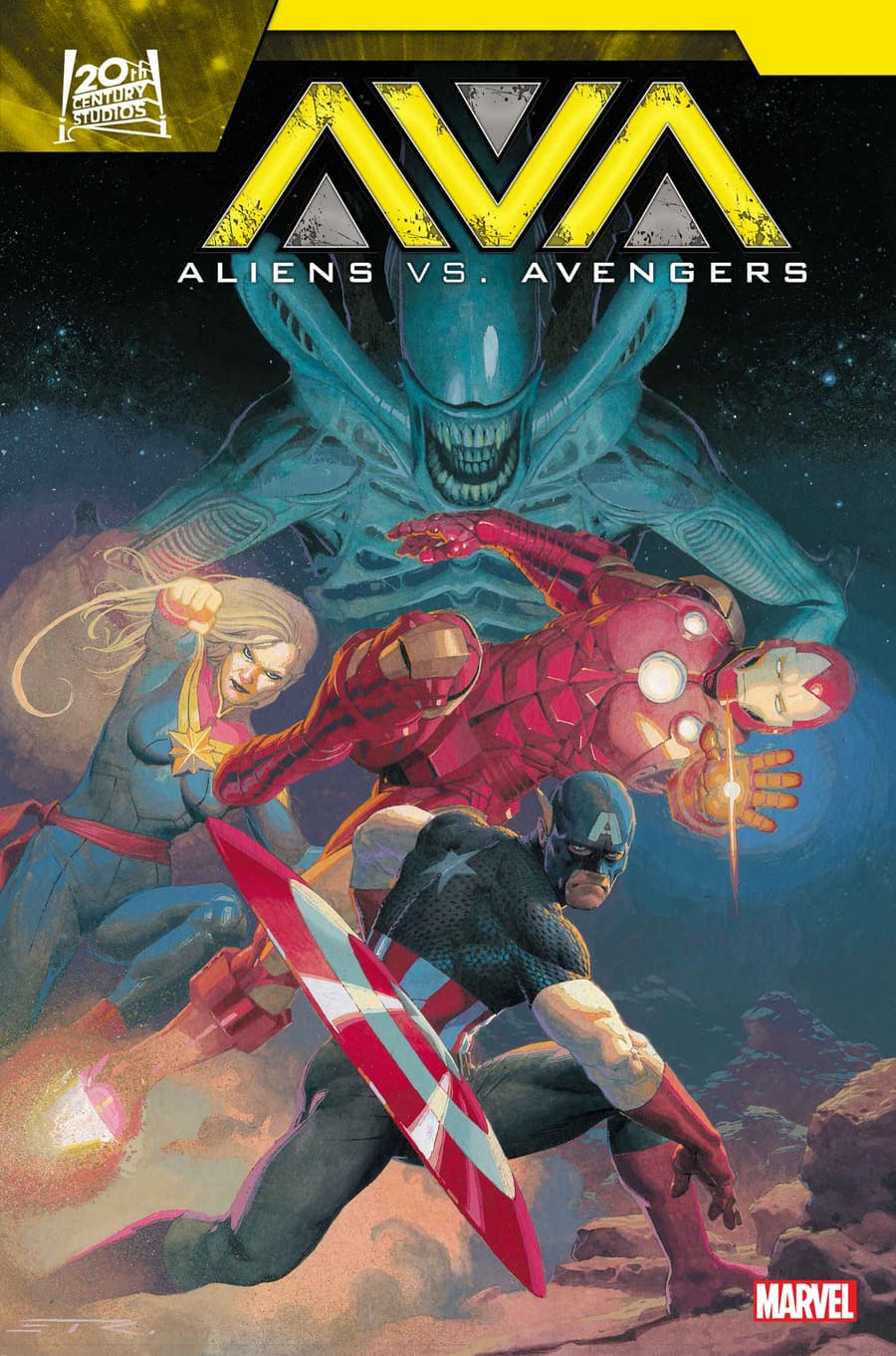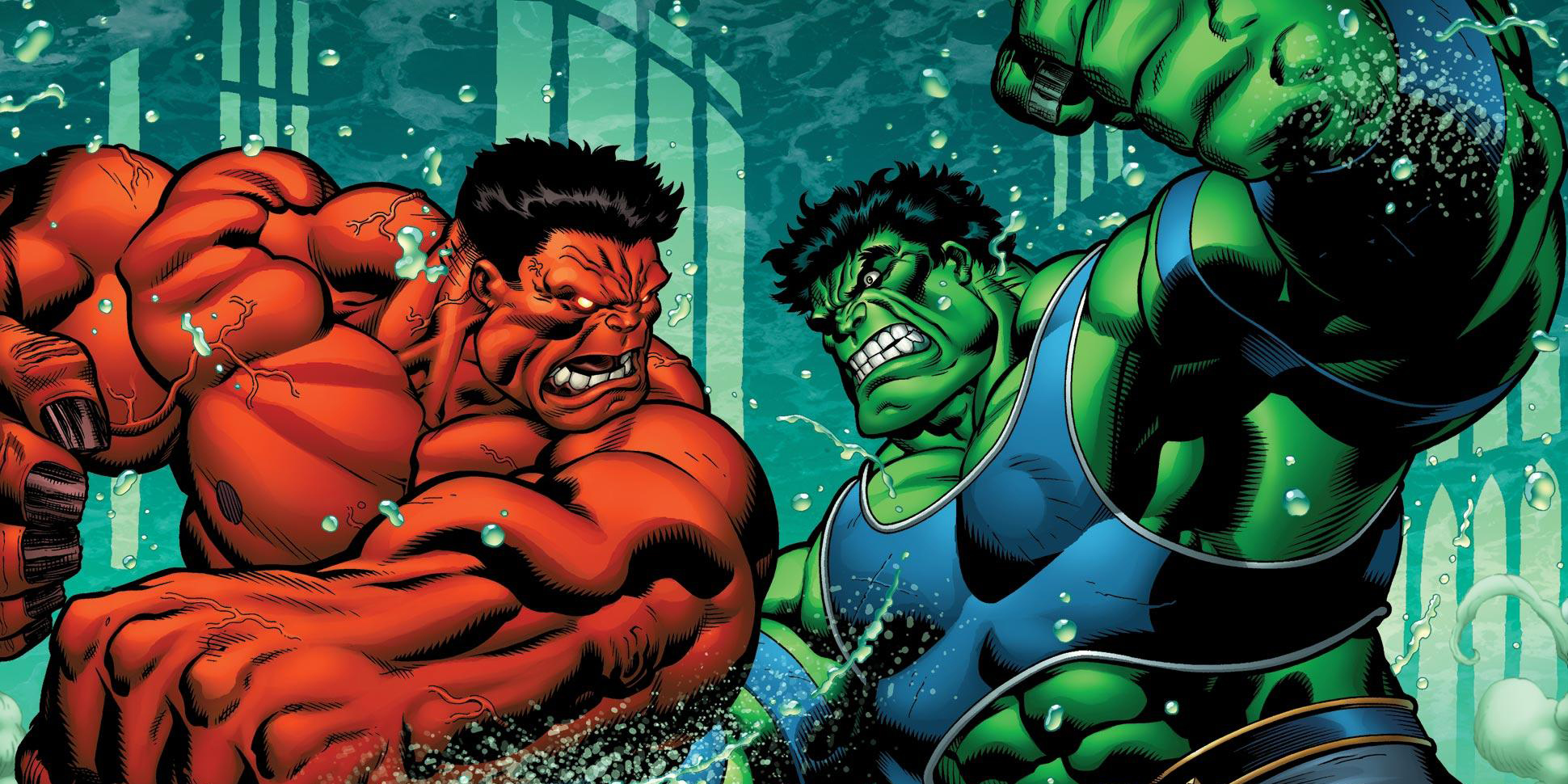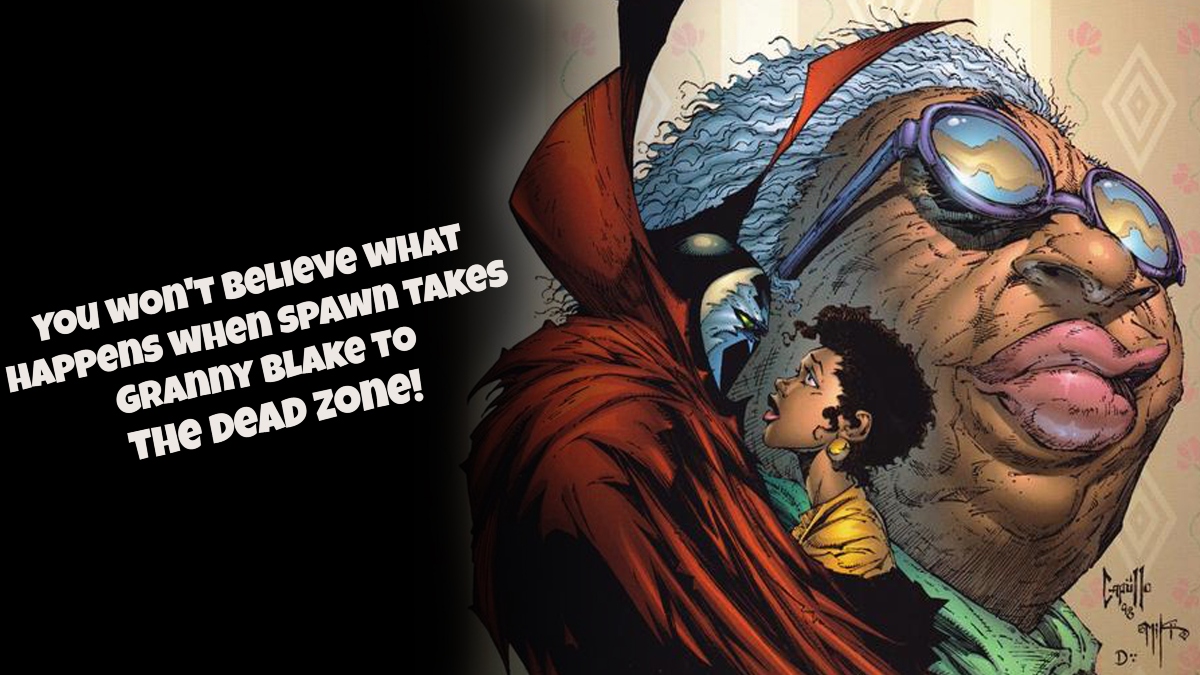![]()
Daniel Clowes’ Wilson is now playing in theaters across the country and hopefully, those who’ve had a chance to see it still have some questions about how the filmmakers and cast captured the tone of Clowes’ graphic novel so well. (It didn’t hurt that Clowes adapted it into a movie himself.)
It is director Craig Johnson’s third film, following 2009’s True Adolescents and 2014’s The Skeleton Twins, starring Kristen Wiig and Bill Hader, which won a screenplay at Sundance that year.
In the movie, Woody Harrelson plays the title character, a cantankerous and unfiltered loner who tries hard to be social but ends up putting those he interacts with off. When he tries to reconnect with his ex-wife Pippy (Laura Dern), he finds out that he had a baby daughter she gave up for adoption. The two of them go look for their now teen daughter Claire (Isabella Amara) so that Wilson can rebuild a very dysfunctional family around himself.
It’s fairly impressive what Johnson did to maintain the tone of Clowes’ work while getting such great performances out of the entire cast, which also includes Judy Greer and Margo Martindale.
LRM sat down with the director out of the New York junket for the movie, and we conducted the following interview.
LRM: I know the tone of Daniel Klowes’ comic work, and this was actually sweeter than his other stuff in some ways.
Craig Johnson: Well, yeah, that was both by his design and mine a little bit, I think mostly because the graphic novel is kind of brittle that we thought, “How can this sustain 90 minutes and have a journey that everyone can get on board with?†Then it’s amazing what actors bring to the roles…
LRM: Of course. I was talking to the writer/director of “The Edge of Seventeen†and she said the same thing, where she spends all this time writing the script and then Woody comes in and just says the words and it’s perfect.
Craig Johnson: Yes, it’s all Woody, and especially if you have a character as flawed and boarding up on a bit of a jerk or a blowhard, you cast Woody, because he’s so accessible and he has his little half-smile. You just can’t stay mad at Woody. You forgive him many sins, which I think is why you see him so often cast as rough characters–serial killers or psychopaths or you name it–he brings a charm to those roles.
![]()
LRM: Absolutely. Did Daniel Klowes reach out to you personally after writing the script?
Craig Johnson: No, Daniel was developing it at Fox Searchlight actually, so when it came time to find a director, it got sent to me shortly after the movie I did prior to this called The Skeleton Twins, which was sort of a mixture of a salty and sweet tone, so similar. When I got the script and saw Wilson, I thought, “This can’t possibly be the Daniel Klowes graphic novel I have on my shelf,†because I was a big Dan Klowes fan. I just thought, “How are they going to turn this into a movie?â€
LRM: If that was your first question, you must be really daring to take this project on…
Craig Johnson: Well, you know, I knew that they were working on it, actually. They had been developing it with another director at the time, and I was a little bit like, “Good luck, guys!†So when it landed on my desk, I was so excited to read it ‘cause I thought, “How are they going to translate this?†You can read the graphic novel in about 25 minutes, and it’s very vignette driven and the format is almost like Sunday comic strips, so it’s real specific in its form. When I read it, I couldn’t believe howit maintained the kind of dark acerbic funny vibe of the graphic novel, but then it was so infused with humanity, and it was so infused with a sort of life and tenderness.
LRM: Especially when it gets to the second act and he meets his daughter. He goes through a really big change of optimism after however many years about loneliness.
Craig Johnson: It’s funny. People talk about him as a misanthrope, and I think that’s a little bit of a mischaracterization. I think he loves people and he’s an eternal optimist from the beginning. He just has no people skills, he has no idea how to relate to other people. He’s not meeting people half-way, and he’s this unfiltered boob, but all he wants is to connect with people.
LRM: Was Woody the first choice? Who threw his name out first?
Craig Johnson: He was my idea, and it was one name on a list, that was it. It was Woody. There’s guys who have played roles like this before. I think about Paul Giamati in American Splendour doing Harvey Pekar, but there wasn’t a second choice, quite honestly. I was essentially like, “Go get Woody, guys.â€
LRM: What’s interesting is that besides his character, it’s almost completely woman otherwise. Even Margo Martindale, who is in there for a little bit, and Judy Greer has a bigger role, and of course Laura Dern is great. How did you go about figuring out which actress would play each role?
Craig Johnson: It was so specific in Dan’s script. When he’s even writing a character like Margo Martindale’s character, who shows up for one scene, it’s so specific that it attracts these incredible actors. Even some of the even smaller roles like Mary Lynn Rajskub is in it in the very beginning. She plays sort of the wife of the best friend, and Lauren Weedman is a fantastic actor, who plays the kind of cat lady that he rams the car into. These are all these great actors, who might not typically take these tiny, little roles, but Dan did such an incredible job giving even the day players something real to play. Then when it comes to the larger female roles, yeah, I’ve always sort of said the alternate title to this movie is, “Wilson and the Women in His Life.†That’s really what it’s about in many ways I think. Laura and Judy are sort of counterweights to each other in the movie. Laura’s character having this volcanic temper and they have all this past, and they’re really on unsteady ground the whole time, but they have a lot of passionate love for each other. That was sort of one version of the way Wilson’s life can go, but then the other version is find someone who has their feet on the ground a little bit more, and is a little bit more of a nurturer and a caregiver and that’s sort of Judy. It was important to me that those two actors were distinctly different but also sort of counterweights.
LRM: What about Isabella Amara, was there a big search to find her?
Craig Johnson: There was a big search for her, far and wide. She was a high school student at a performance arts high school in Atlanta, and she just did a self-tape, so our casting director, David Rubin, saw hundreds of self-tapes, but when I came in he had already looked at all of them, and he said, “I’m going to show you a bunch but I wanted to show you one special one first,†and he showed me Isabella. That was the first tape I saw, and I was just knocked out by her. She just was Claire to me, so I watched hundreds of other tapes and saw other auditions, but in my head, it was always, “Who could beat Isabella?†and nobody did. She was the first tape I saw.
LRM: What were they reading for the audition? Did they have sides?
Craig Johnson: All little sides from the script, so Isabella did the scene where Woody picks her up from school, and they drive back to her house.
LRM: Did you have her do a chemistry read with Woody as well?
Craig Johnson: We actually didn’t, no, no, and poor Isabella, we just kicked her off the diving board. We just plunged her on set. She hadn’t met the other actors until they were on set, and she just was right in there with it. She claims she was nervous, but she didn’t show it.
LRM: I assume Woody doesn’t stay in character the whole time but did he try to not do that when doing scenes with her? Wilson is such an over-the-top character, I feel that if you just dealt with that character all the time, it might be tough.
Craig Johnson: No, Woody is not a method actor in that sense. He would drift out of character, however we would always make fun of Woody, because I think at first he was like, “I’m trying to figure this guy out,†and we were like, “Well, Woody, you’re not too far removed. You’re a shade of this guy.†Woody’s got his little conspiracy theories and his opinions, and he can be unfiltered, and the way he put it is that eventually Woody had to sort of confess that, “Yeah, I get this guy.â€
![]()
LRM: He’s really finding his niche between this and “Edge of Seventeen.†Obviously Hailee Steinfeld has a bit more experience than Isabella, but still, pairing Woody with a teenage girl, it works.
Craig Johnson: You know, he’s a Dad and he has three daughters, teenagers and in their early 20s. Yeah, so he relates to having a daughter and having that female presence around.
LRM: How do you deal with the tonal shifts in the movie, because obviously it is a big part of it, how it’s very funny and then it gets dark and then funny and sad. You had that in your previous movie as well.
Craig Johnson: I know. Well, I’m attracted to that. I’m attracted to that challenge, because it’s a huge challenge, and it’s absolutely critical in a movie like this to get that tone right. It’s a balance beam. So much of it has to do with how you piece it together in the edit. Music really helps link things in an amazing way–we had Jon Brion do the score, who is incredible–and that helped set the tone so well. I look at it as adjusting the volume knob, especially in the edit but also when you’re on set a little bit, calibrating the performance, “Let’s do something a little bit more waugh bonkers…†and then there’s the nature of it. Daniel Clowes’ stuff can be a little bit of a whiplash in terms of where we’re going, even story-wise.
LRM: It’s easier to do that in comics in some ways.
Craig Johnson: No, itis, which was one of the challenges and what I think Dan did so well in his own adaptation of the story by actually turning it into a movie. That said, I don’t mind a little whiplash now and again. I think that life is funny and heart-breaking and scary and weird, sometimes all in a five minute period. Certainly, this movie kind of reflects that.
LRM: I don’t know if you did any testing of the movie before going to Sundance, but what was it like seeing it with an audience there?
Craig Johnson: I’d never seen the finished project with any kind of big audience. I had seen works-in-progress with sort of smaller audiences, so you’re just nervous as hell. You have no idea if people are going to laugh at all, or if they’re going to get it. It was just an overwhelmingly robust reaction from the audience, both in terms of the humor. I felt like it was even more of an audience movie then I thought it might be. The question with this movie was always, “Are they going to go on this journey with this guy?†He’s difficult, he’s prickly, he’s a jerk bordering on an a-hole, so how do you get an audience to be on board with him? It wasn’t until Sundance that I realized, “Okay, audiences are up for the ride.†For the most part. Some people don’t get him, and that’s Daniel.
Johnson’s next movie is going to be a high school movie that he likens to his take on John Hughes.
Wilson is now playing in select cities across the country. You can check out our previous interviews at the links below:
RELATED: Judy Greer: Making Wilson with Woody Harrelson and More!

 FOR FANBOYS, BY FANBOYS
Have you checked out LRM Online’s official podcasts and videos on The Genreverse Podcast Network? Available on YouTube and all your favorite podcast apps, This multimedia empire includes The Daily CoG, Breaking Geek Radio: The Podcast, GeekScholars Movie News, Anime-Versal Review Podcast, and our Star Wars dedicated podcast The Cantina. Check it out by listening on all your favorite podcast apps, or watching on YouTube!
Subscribe on: Apple Podcasts | Spotify | SoundCloud | Stitcher | Google Play
FOR FANBOYS, BY FANBOYS
Have you checked out LRM Online’s official podcasts and videos on The Genreverse Podcast Network? Available on YouTube and all your favorite podcast apps, This multimedia empire includes The Daily CoG, Breaking Geek Radio: The Podcast, GeekScholars Movie News, Anime-Versal Review Podcast, and our Star Wars dedicated podcast The Cantina. Check it out by listening on all your favorite podcast apps, or watching on YouTube!
Subscribe on: Apple Podcasts | Spotify | SoundCloud | Stitcher | Google Play



